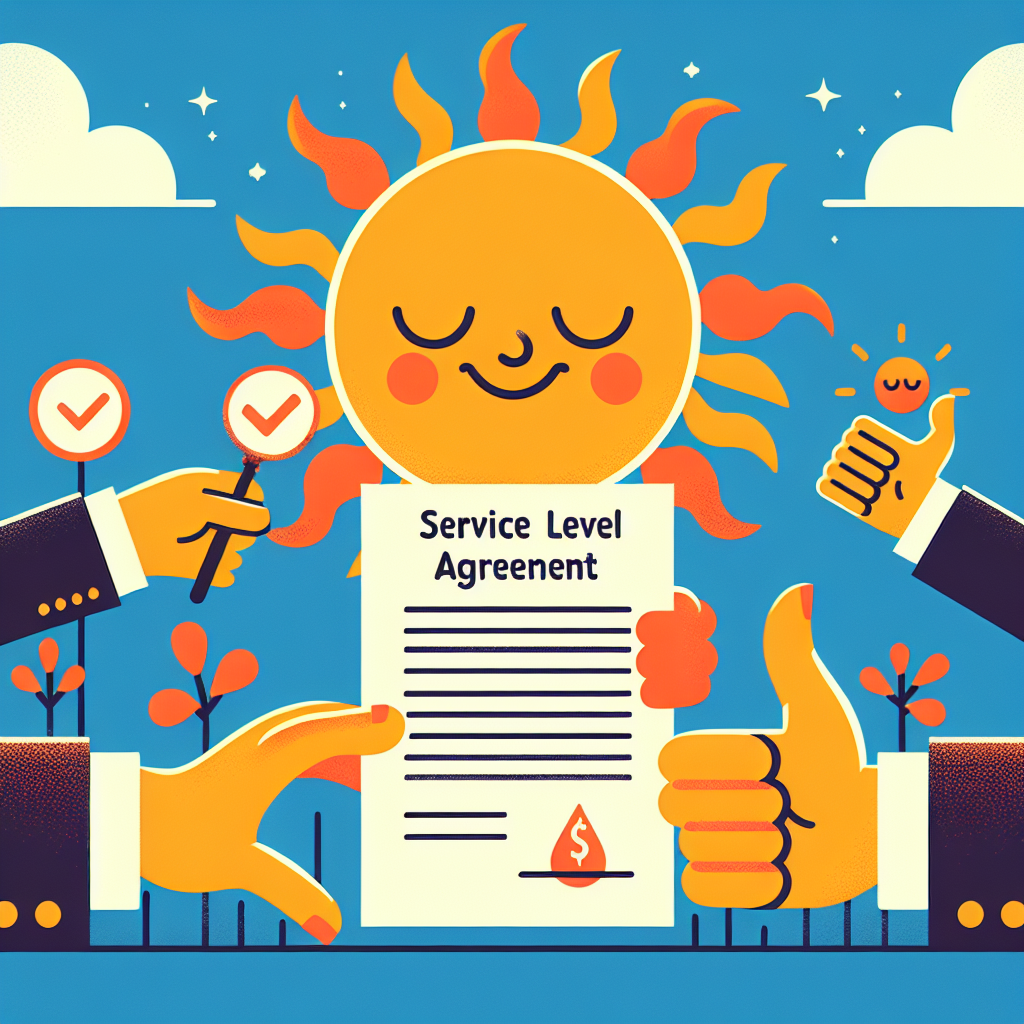Service Level Agreements (SLAs) are a crucial component of any business relationship, defining the level of service that a customer can expect from a supplier. These agreements outline the specific services to be provided, the standards by which they will be measured, and the consequences if those standards are not met. The impact of SLAs on customer satisfaction cannot be understated, as they play a significant role in shaping the overall customer experience.
One of the key benefits of SLAs is that they set clear expectations for both parties involved in the business relationship. By clearly defining the services to be provided and the standards by which they will be measured, SLAs help to avoid misunderstandings and ensure that both parties are on the same page. This clarity can help to prevent conflicts and disputes, ultimately leading to a more positive and productive relationship between the customer and the supplier.
In addition to setting clear expectations, SLAs also provide a framework for monitoring and measuring the performance of the supplier. By establishing key performance indicators (KPIs) and benchmarks for service delivery, SLAs allow both parties to track progress and identify areas for improvement. This transparency can help to hold the supplier accountable for meeting their commitments and provide the customer with the assurance that their needs are being met.
Furthermore, SLAs can help to enhance the overall quality of service provided to the customer. By outlining the specific services to be provided and the standards by which they will be measured, SLAs can help to ensure that the supplier is delivering a consistent and high-quality service. This can help to build trust and confidence in the relationship, leading to increased customer satisfaction and loyalty.
On the other hand, failing to meet the terms of an SLA can have a significant negative impact on customer satisfaction. If a supplier consistently fails to meet the agreed-upon standards and service levels, it can erode trust and confidence in the relationship. This can lead to dissatisfaction, frustration, and ultimately, the loss of the customer’s business.
In conclusion, the impact of Service Level Agreements on customer satisfaction is significant. By setting clear expectations, providing a framework for monitoring and measuring performance, and enhancing the quality of service provided, SLAs play a crucial role in shaping the overall customer experience. However, it is essential for both parties to uphold their commitments and work together to ensure that the terms of the SLA are met, in order to maintain a positive and mutually beneficial relationship.


Leave a Reply